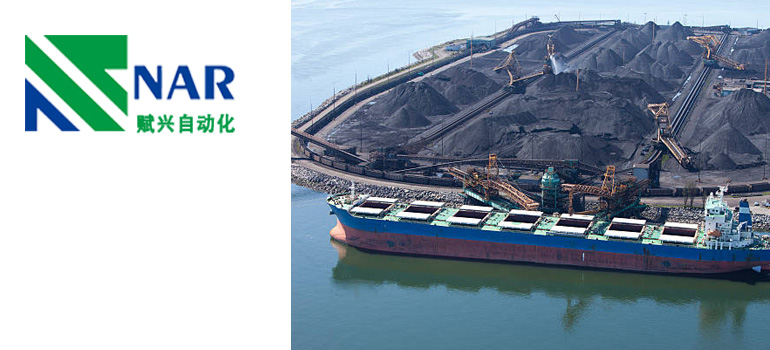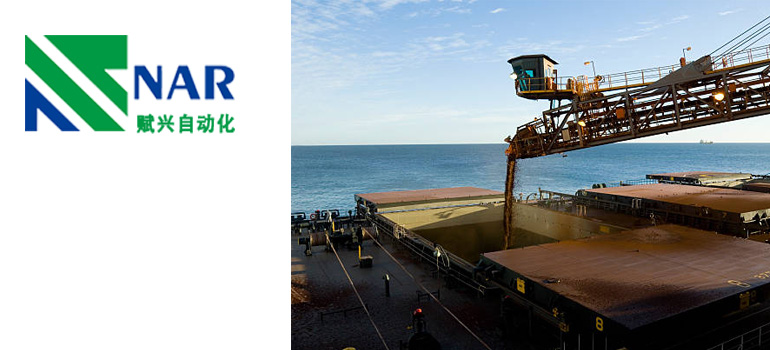Ship loaders are one of the important equipment for loading and unloading goods at ports and docks. In the field of modern logistics, the design of ship loaders plays a crucial role in improving loading and unloading efficiency, ensuring cargo safety, and reducing operating costs. This article will delve into the key elements of ship loader design and how to optimize the design to achieve higher efficiency and safety.

Key Elements of Ship Loader Design
- Load capacity: The load capacity of a ship loader is one of the core elements of its design. By accurately calculating and evaluating the maximum load capacity required by the loader, it can be ensured that it can operate safely and efficiently under various working conditions. The consideration of load capacity should include factors such as the weight, size, and loading and unloading speed of the goods. When designing, a certain amount of load margin should be considered to cope with unexpected situations and future business expansion.
- Structural strength: To ensure that the loader does not experience structural problems such as deformation or fracture during loading and unloading, structural strength is a key factor that must be considered. By using high-strength materials, designing reasonable beam column structures, and conducting effective structural analysis, the structural strength and rigidity of loaders can be improved, thereby providing safer and more reliable operation. Regular structural testing and maintenance are also key to ensuring structural strength.
- Movement flexibility: Ship loaders need to have good movement flexibility to adapt to the needs of different ships and cargo. Key elements include the design of each joint and the performance of the control system. The use of advanced hydraulic or electric control systems can achieve smooth movement and precise positioning of the loader, improving operational efficiency and cargo handling capacity. At the same time, the design should consider maneuverability to enable the loader to move flexibly and adapt to different working environments.
- Automation and intelligence: With the advancement of technology, automation and intelligence technology are playing an increasingly important role in the design of ship loaders. Automation systems can achieve automatic control and optimization of the loading and unloading process, reduce manual intervention, and improve operational efficiency. Intelligent technology can achieve status monitoring and fault diagnosis of loaders through sensors and data analysis, improving equipment reliability and maintenance efficiency. For example, by using intelligent prediction algorithms, loaders can automatically adjust operating parameters based on the type and weight of goods, thereby improving loading and unloading efficiency and reducing energy consumption.
- Safety and environmental protection: Safety and environmental protection must be emphasized in the design of ship loaders. Necessary safety measures should be taken, such as installing protective devices, emergency shutdown devices, and safety warning systems, to prevent accidents from occurring. At the same time, relevant environmental regulations should be followed to reduce noise and emissions, and protect the environment and employee health.
- Maintenance and upkeep: The design of ship loaders should also consider the convenience of maintenance and upkeep. Reasonable design can make the maintenance of key components more convenient and efficient, reducing downtime and maintenance costs. In addition, developing maintenance plans and regular inspections to promptly identify and solve potential problems can extend the service life and stability of loaders.
- Ergonomics: The principles of ergonomics are also very important in the design of ship loaders. By considering the working environment and ergonomic requirements of operators, designing humanized control panels and operating interfaces can improve the comfort and work efficiency of operators. Training operators and providing clear operating manuals are also important measures to ensure the safe operation of the loader.
The design of ship loaders is crucial for improving loading and unloading efficiency and ensuring cargo safety. In the design process, it is necessary to comprehensively consider key elements such as load capacity, structural strength, movement flexibility, automation and intelligence, safety and environmental protection, maintenance and upkeep, and ergonomics. By optimizing design, we can improve the efficiency, safety, and sustainability of ship loaders and contribute to the development of the logistics industry.

